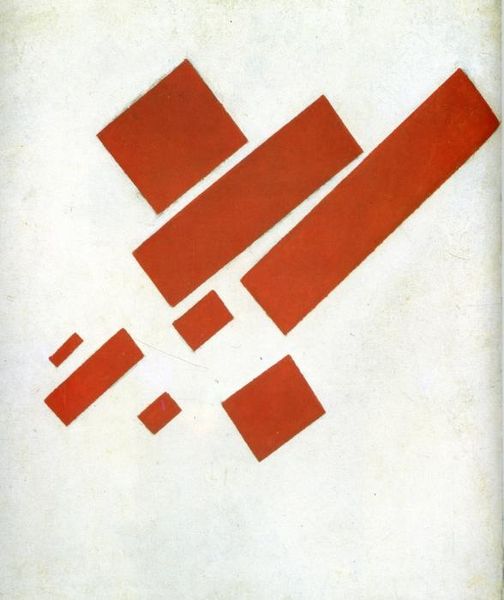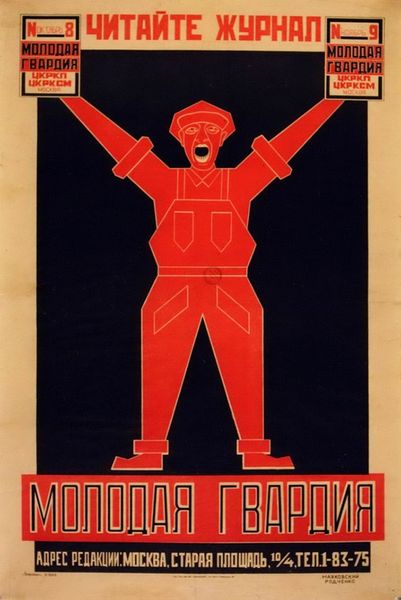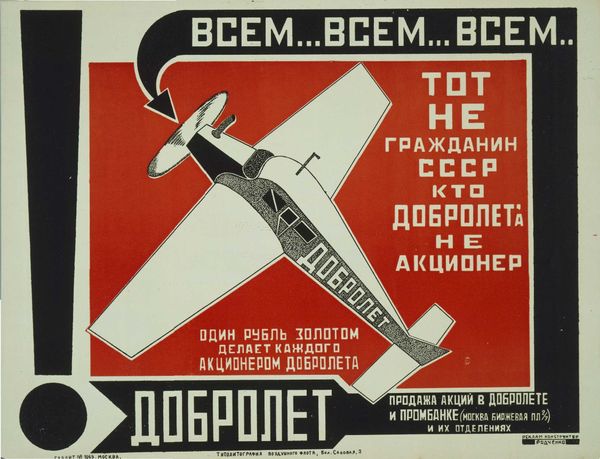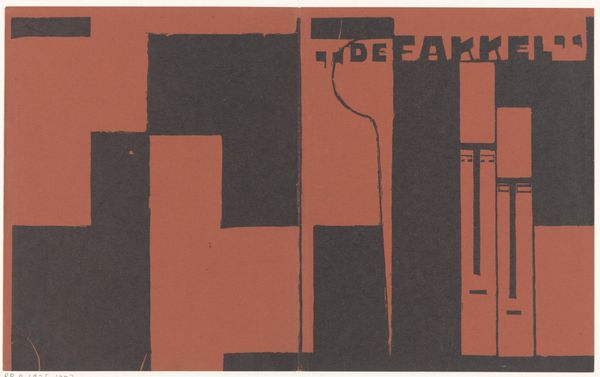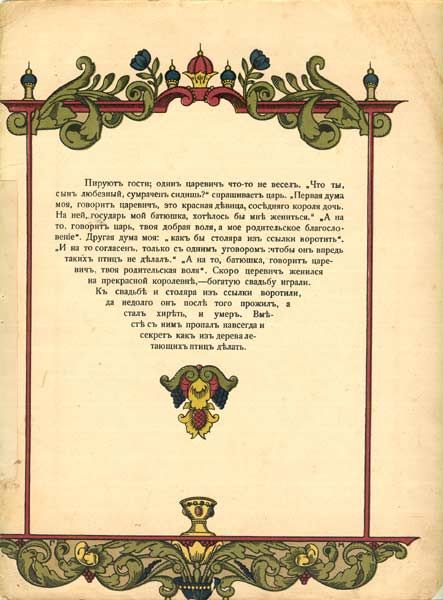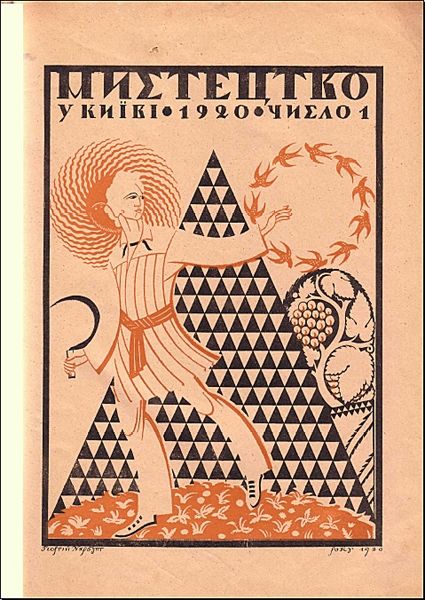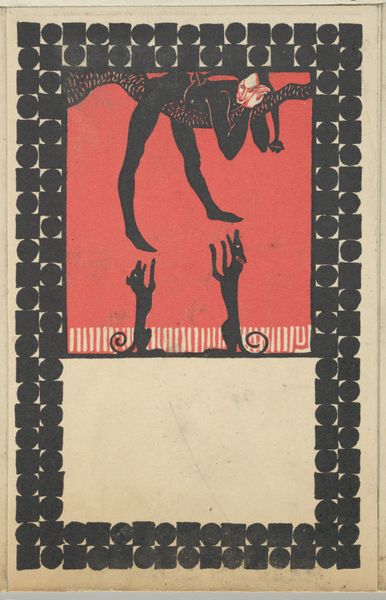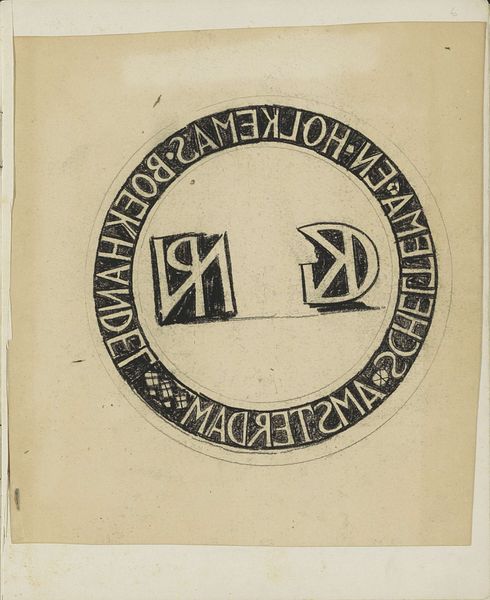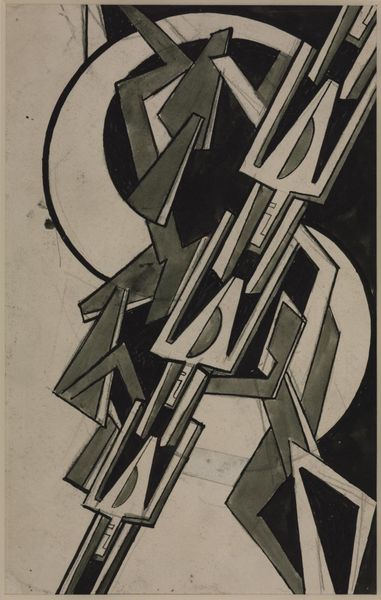
graphic-art, print, typography, poster
#
pattern out of typography
#
graphic-art
#
type repetition
#
printed
# print
#
typeface
#
constructivism
#
paste-up
#
typography
#
eye-catchy type
#
geometric
#
abstraction
#
russian-avant-garde
#
poster
Copyright: Alexander Rodchenko,Fair Use
Editor: This is Alexander Rodchenko’s "There and Back," from 1930. It appears to be a print, maybe a poster or even a book cover, utilizing a bold constructivist style with striking typography. The shapes and colors are very simple. What strikes me most is how the typography isn’t just communicating a message but feels integral to the entire composition. What do you make of it? Curator: Looking at the materiality is key here. It’s a print from 1930, so we can assume mass production was central. Rodchenko wasn’t just creating art; he was actively engaging with the means of dissemination, using graphic design for potentially agitational purposes within a specific social context. The bold type, the stark colours...what would this piece be advertising or publicising, and to whom? Editor: Maybe a political message or even some kind of worker initiative? The "There and Back" title could be about labour and the cycle of work. How does the Constructivist movement fit into that? Curator: Exactly! Constructivism arose from a desire to create art for the people, emphasizing functionality and industrial production over individual expression. Rodchenko's use of simple geometric shapes and bold typography, easily reproduced and disseminated, perfectly embodies this ideology. It was about dissolving the boundaries between art and everyday life, between artist and worker. Editor: So, it's not just about *what* the artwork depicts, but *how* it was made and *who* it was intended for. I guess it shifts the focus away from the artist as a solitary genius and highlights the collaborative nature of production. Curator: Precisely. Rodchenko was operating within a system, contributing to a larger project of social transformation through visual communication. His choices weren’t purely aesthetic; they were rooted in material conditions and political aspirations. Editor: It's interesting to think about design not just as something aesthetic, but as an integrated part of material culture. I never considered the labor and intention embedded in such a seemingly simple piece. Curator: And understanding those elements, shifts everything in what it signifies to us now.
Comments
No comments
Be the first to comment and join the conversation on the ultimate creative platform.
